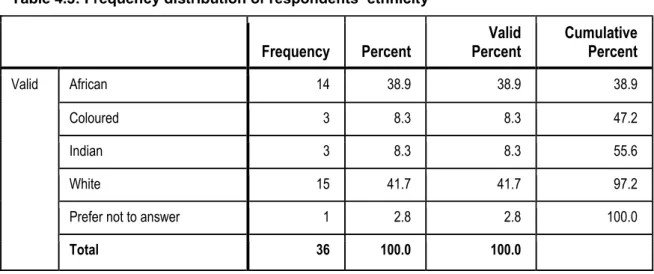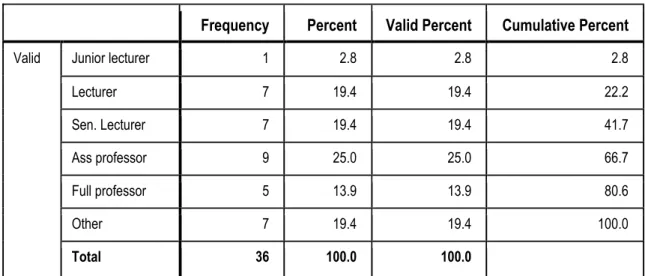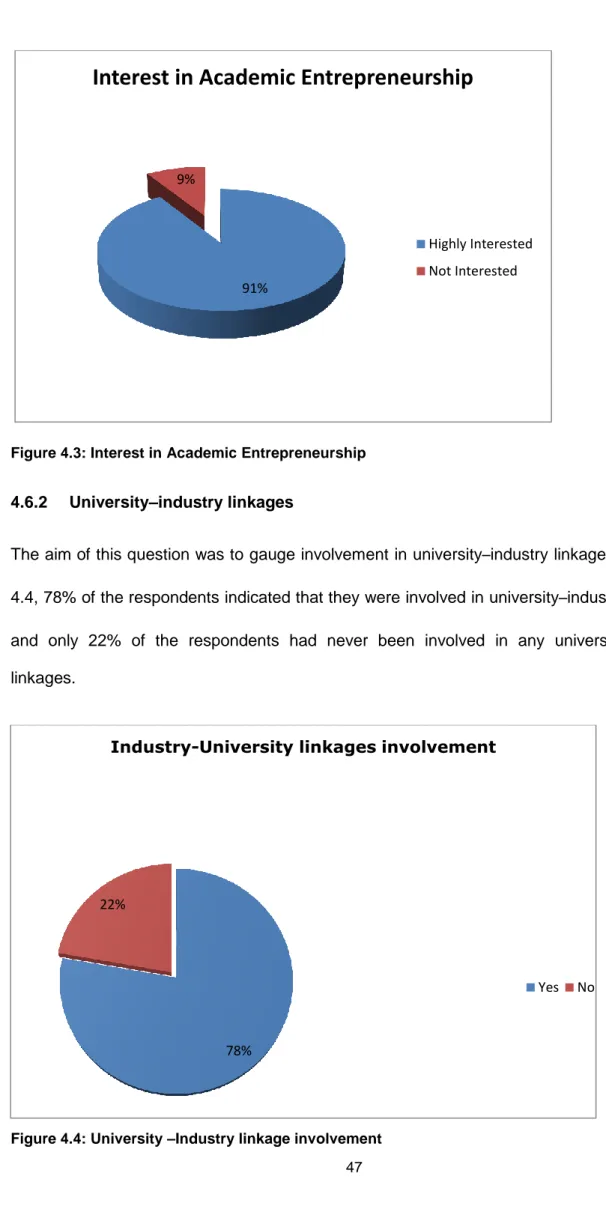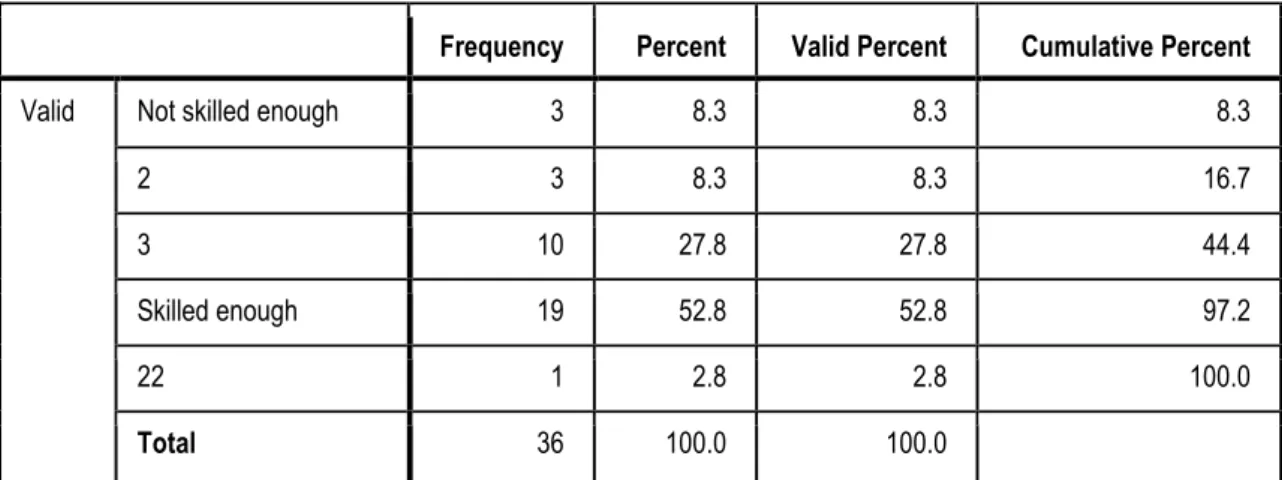The role of academic entrepreneurs and spin-off companies in the process of technology transfer and commercialisation in South Africa : a case of a university of technology
Full text
Figure
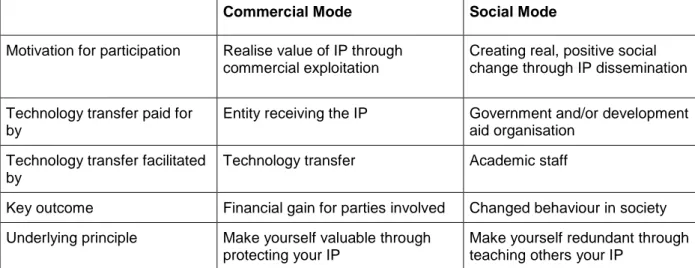

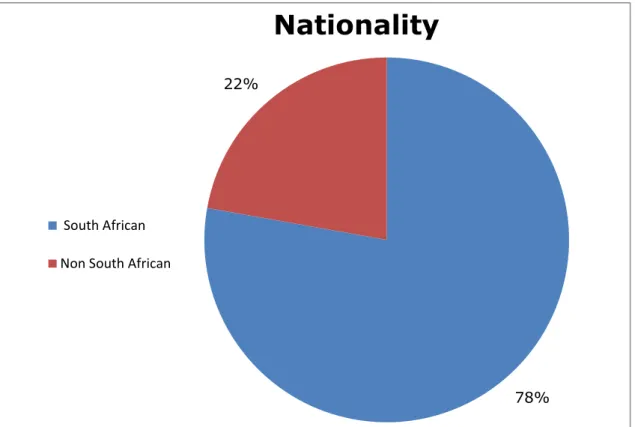
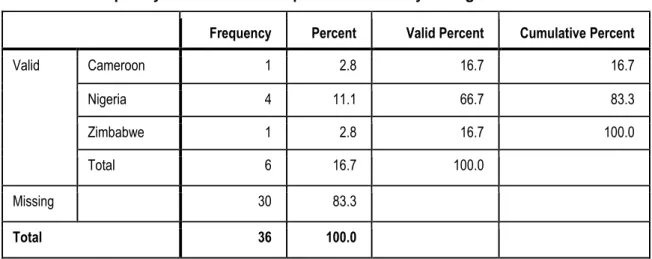
Related documents
(a) Empirical values by year and species (averaged across cohorts and microhabitats); (b) empirical values by year and microhabitat (averaged across species and cohorts). Retained
Mittels Kollagen IV-Färbung zeigte sich, dass die Zellen der Linie LCLC 103H, Zellen eines großzelligen Bronchialkarzinoms, am stärksten die Basalmembran degradierten. Da
19% serve a county. Fourteen per cent of the centers provide service for adjoining states in addition to the states in which they are located; usually these adjoining states have
The objective of this study was to develop Fourier transform infrared (FTIR) spectroscopy in combination with multivariate calibration of partial least square (PLS) and
After considering Longfellow’s descriptions of Florence in his travel letters and poetry, focusing in particular on his sonnet, “The Old Bridge at Florence,” it turns to examine
This paper is an attempt based on completely my own ideas and experiences to relate the significance of values education in the context of Bhagavad-Gita for today’s
When tested with simulated data, the ROC curves and true positive comparison indicate that a kernel size of roughly 0.20 should show an improvement over CCA (Figure 4), but
The aim of the study was to measure behavioral data (such as eye and head movements) and to assess how the two age groups differ in terms of number of safe street crossings,
